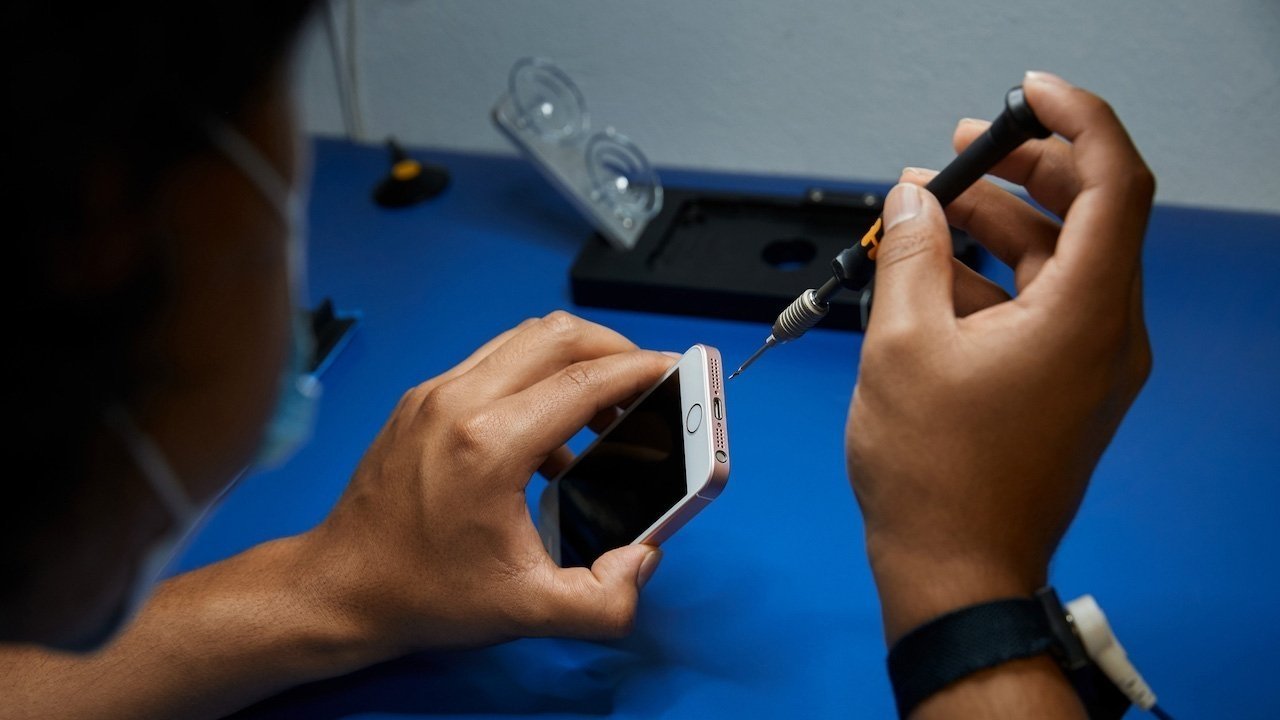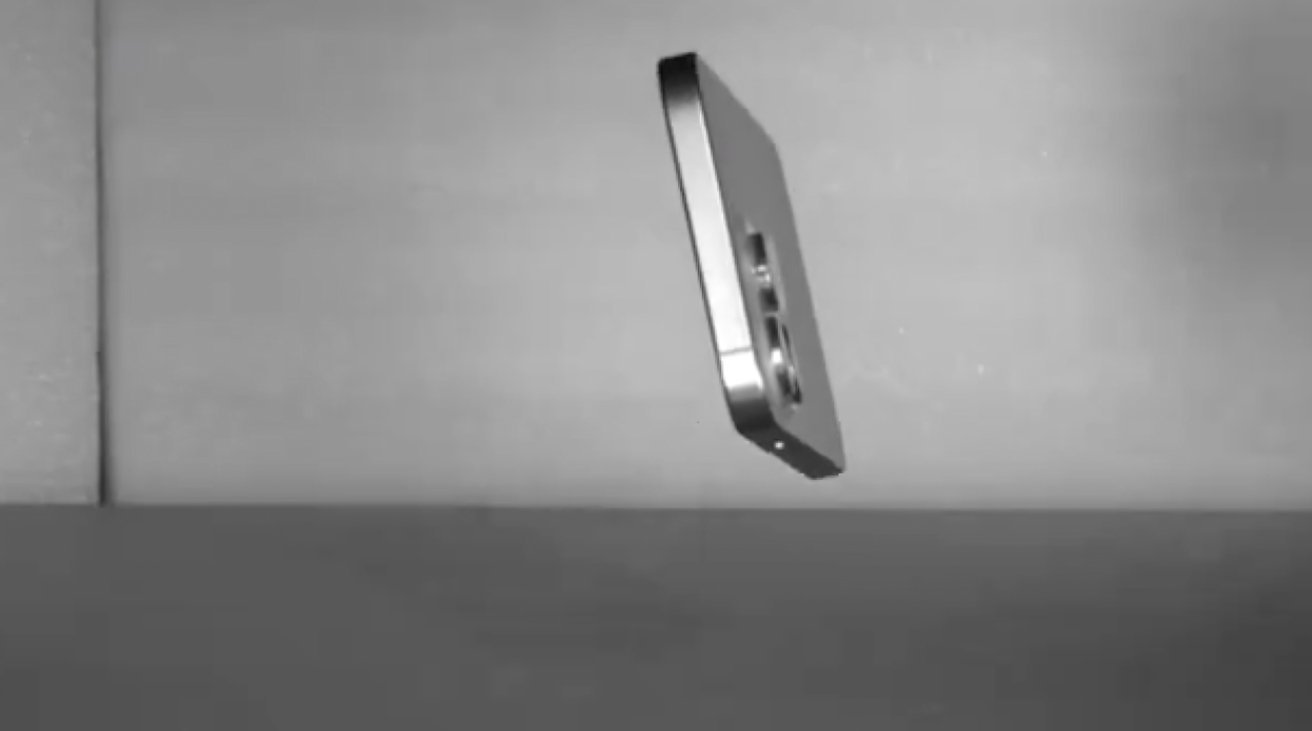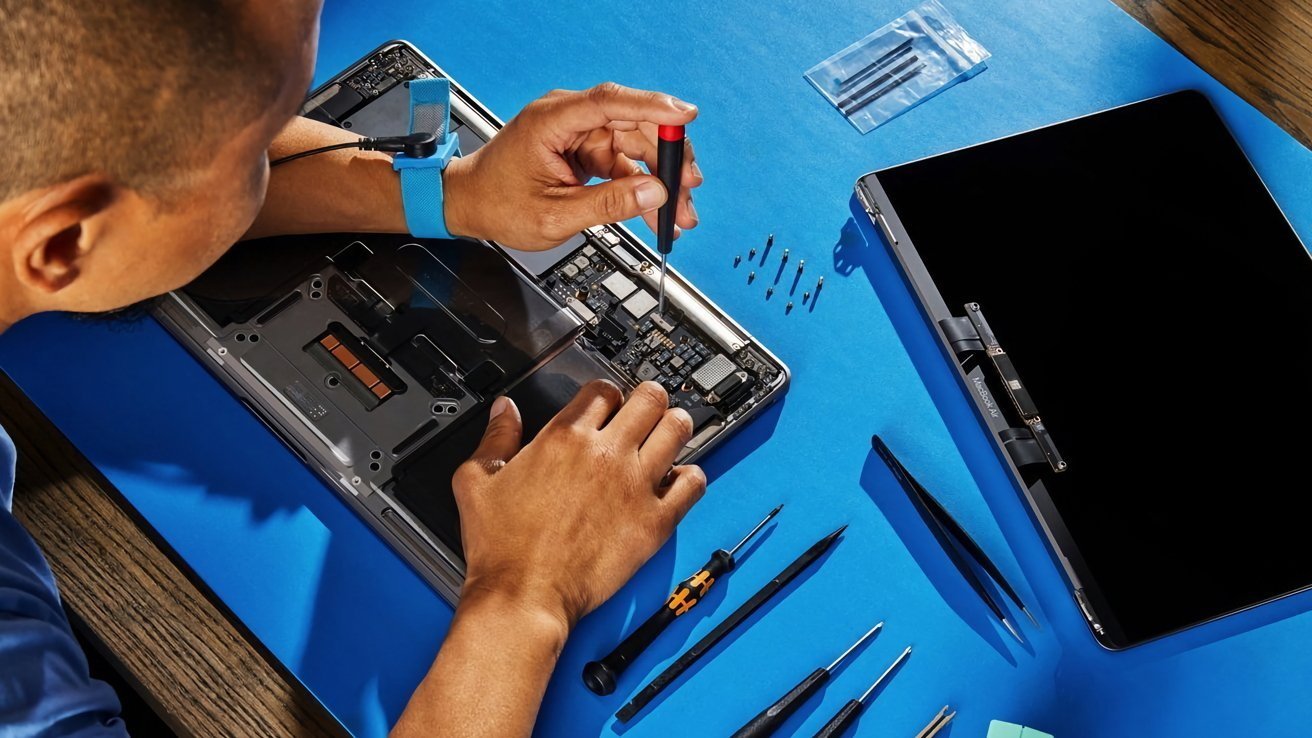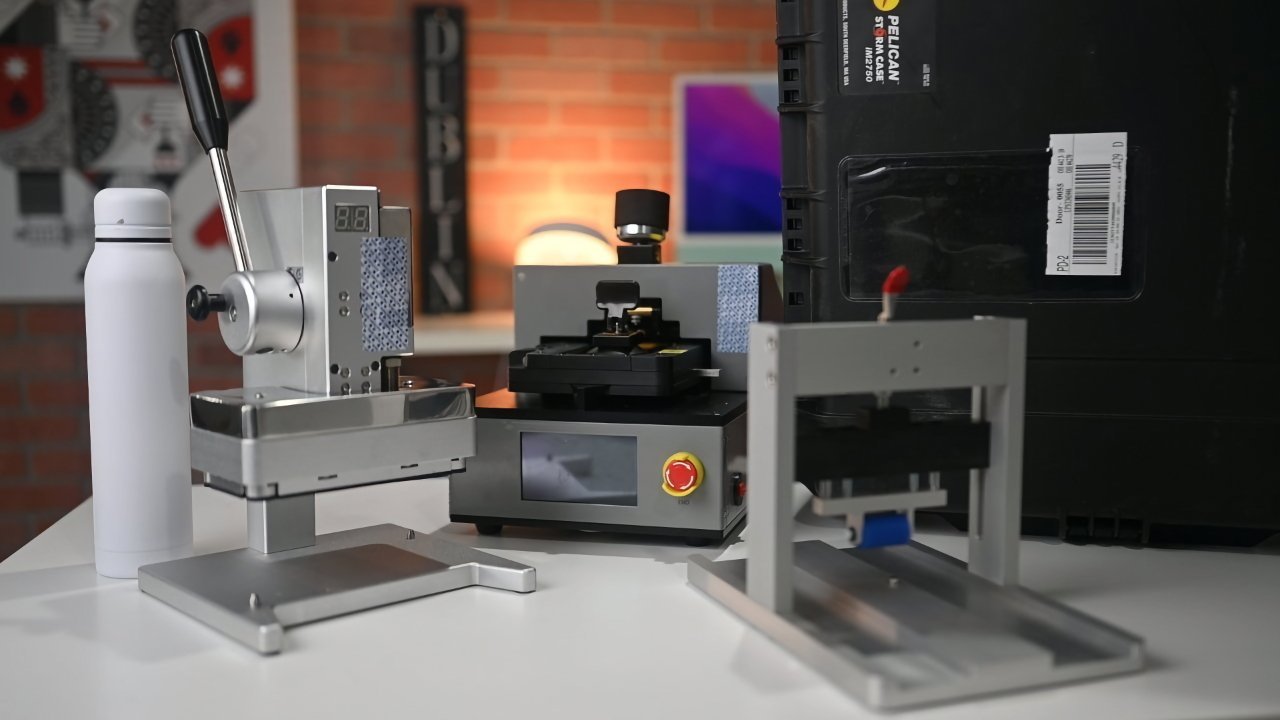Apple has published its list of principles it follows in product design to keep items like the iPhone durable, while simultaneously balancing the need for repairability.
Apple has frequently been praised for the designs of its products, ranging from the iPhone to the MacBook Pro. It has created quite a few iconic items in its history, with it relying on teams following the same design ethos.
In a document titled "Longevity, by Design" published in June, Apple offers what it works towards when it creates its hardware. It also discusses what can and should happen after said hardware gets into consumer hands.
Approach to longevity
The 24-page document, including cover and sourcing pages, goes over quite a few areas, but starts off by insisting Apple is working to create the "best experience" for customers.
"Designing for longevity is a company-wide effort, informing our earliest decisions long before the first prototype is built and guided by historical customer-use data and predictions on future usage," it states.
This requires Apple to constantly consider the balance durability, design aspects, and repairability, while maintaining safety, security, and privacy.
"Our approach is working. Apple leads the industry in longevity as measured by the value of our secondhand products, increasing product lifespans, and decreasing service rates."
As evidence of this, the document points out that the value of its iPhone on the second-hand market is at least 40% more compared to Android devices. That valuation also increases with the age of the iPhone.
The lifespan of the iPhone is also continuing to grow. Hundreds of millions of iPhones have been in use for more than five years, it claims.
As for service rates, newer devices are apparently less likely to require repairs than older ones. Out of warranty repairs from 2015 to 2022 were down 38%, with accidental damage repairs for iPhone down 44% since the iPhone 7.
Liquid damage repairs also went down 75% with ingress protection in the iPhone 7.
Apple goes on to spotlight its reliability testing, which it says is used to accompany the design process. Reliability is "intrinsically part of the entire product development life cycle," the document states.
It also covers ways Apple tests its products, some of which were raised in May on social media.
Operating system support is also "a key pillar of product longevity," thanks to security updates and bug fixes. Support for operating systems "extend well beyond the historic industry norm," with up to six years of support from the device's original release.
Principles on repairability
Apple's hardware is often criticized for being hard to repair, but it has been something that it has been trying hard to fix. While it still suffers from criticism over parts pairing, Apple does try to appease electronics enthusiasts who want to repair their own hardware by sending out self-sevice repair kits.
Part of this is caused by the way Apple designs its products in the first place.
"Apple strives to improve the longevity of devices by following a set of design principles that help resolve tensions between repairability and other important factors," the document reads. This includes the impact to the environment, access to repair services, preserving safety and security, and enabling transparency in repair.
Apple insists that while it designs products for everyday use and minimizing repairs, it has to design in the possibility for repair, while maintaining durability. This is said to excuse its use of advanced adhesives to secure batteries, which can also be released when pulled in a specific direction.
The iPhone 16 is said to be the most repairable ever with 11 key modules.
The first principle is Environmental Impact, which includes Apple's carbon neutral goals, and using more recycled and renewed materials. It believes that prioritizing product longevity instead of repairability create "meaningful reductions in environmental impact."
Access to Repair Services is the second principle, be it from Apple itself, third-party repair outfits, or via the consumer's own effort. Apple has doubled the size of its service and repair network in the last five years.
The company also says that it is committed to supporting third-party repair services and repair tools.
Safety, Security, and Privacy
Principle three is Safety, Security, and Privacy, which touches upon touchstones of the Apple ethos. A user's privacy should not be compromised during or after a repair, it states.
The section explains that there's the use of cloud-based diagnostic systems that reduce the need for requests for customer passwords by support staff.
It also discusses biometric security, and the ned to maintain it to a high level. Due to the potential risks involved, Apple justifies its its use of genuine Apple parts for repairs.
Transparency in Repair
The fourth principle is Transparency in Repair. Customers have the right to know that repairs of crucial parts were performed using Apple-sourced parts.
Repairers in Apple's IRP network can offer third-party parts alongside genuine Apple parts. However, Apple will disable a third-party part in cases involving Face ID or Touch ID sensors.
The document then goes on to discuss parts sourcing and the use of third-party parts in repairs.
The road ahead
Using data and its commitments to guide its production, Apple aims to ensure products "exceed expectations" on durability and perofrmance.
"This journey is one that will never be over, because as materials, testing, and technology advance, so too will the ways that we use them to make our products stand the test of time." It reexplains that this means durable and reliable products, which are also repairable with privacy and transparency in mind.
"That's our commitment to our customers, to future generations, and to the planet we call home."



